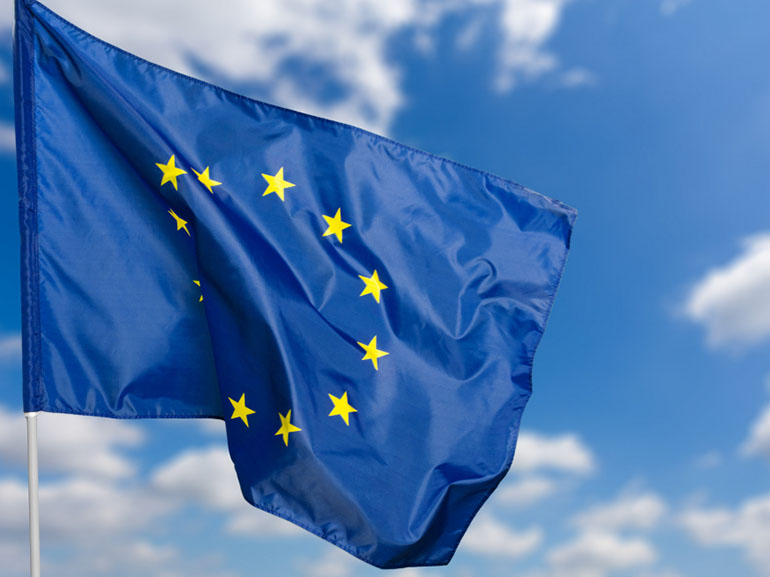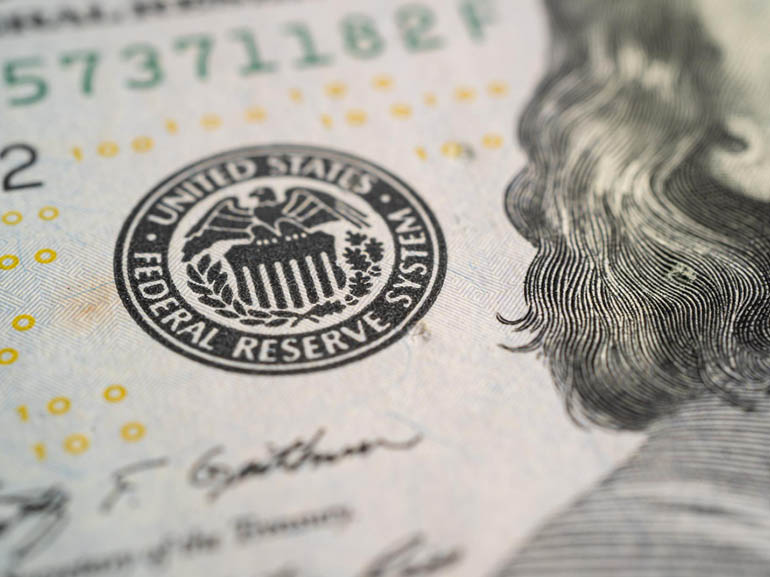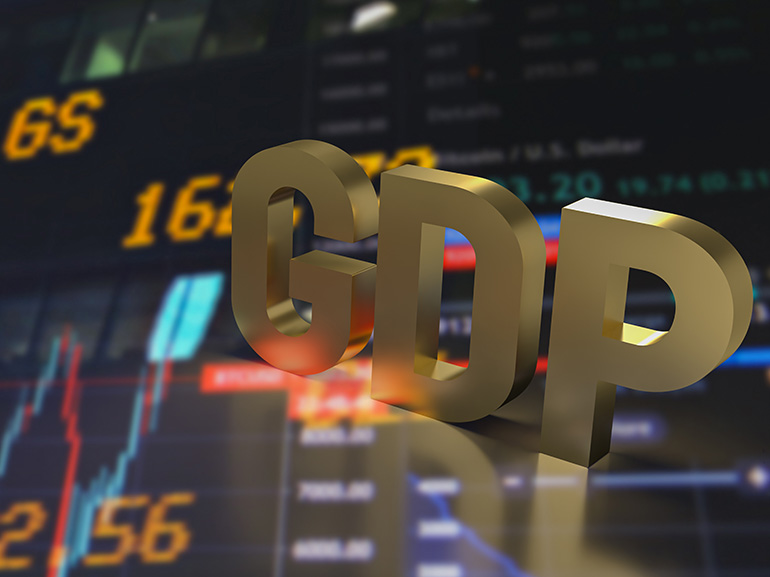Tariffs Explained: What Are Tariffs & How Do They Work?
In today’s global economy, tariffs play a crucial role in shaping international trade. Whether you’re hearing about them in the news, at work, or on social media, understanding tariffs is essential. But what exactly are tariffs, how do they function, and why are they so controversial, especially with Trump’s recent moves? Let's break it down.

TL;DR
Tariffs are taxes placed on imported goods.
They can protect domestic industries, raise government revenue, or serve as political tools.
Trump's new tariffs aim to balance trade but may lead to economic tensions.
The mechanics of tariffs affect consumers, businesses, and international relations alike.
What Is a Tariff?
A tariff is a government-imposed tax or duty on goods and services imported into a country. Tariffs are among the oldest tools in international trade, dating back centuries.
Primary Objectives of Tariffs:
Revenue Generation: Historically, tariffs were a significant source of national income.
Protectionism: Tariffs make imported goods more expensive, encouraging consumers to buy domestic products.
Trade Negotiation Tool: Tariffs can be used to pressure foreign countries during trade negotiations.
Balancing Trade Deficits: By making imports costlier, governments hope to reduce reliance on foreign goods.
In modern economies, tariffs are less about revenue and more about protecting domestic jobs, industries, and strategic sectors like steel, aluminum, or technology.
How Do Tariffs Work?
Tariffs directly impact the price of imported goods and ripple through the entire supply chain.
The Mechanism:
Imposition: A government sets a tariff rate on specific goods, for example, a 20% tariff on imported steel.
Customs Collection: When the goods arrive, customs authorities collect the tariff from the importer.
Cost Pass-Through: Importers typically pass the cost to businesses or consumers through higher prices.
Market Reaction: Domestic producers may gain a competitive edge since imported goods become pricier.
Example:
If the UK imposes a 25% tariff on imported cars from Germany:
The German car becomes 25% more expensive for British consumers. (Source: The Guardian)
UK car manufacturers become relatively cheaper alternatives.
The government earns revenue from collected tariffs.
Types of Tariffs:
Ad Valorem Tariffs: A percentage of the item's value (e.g., 15% of the car's price).
Specific Tariffs: A fixed fee per unit (e.g., £100 per washing machine).
Compound Tariffs: A mix of both (e.g., 10% + £50 per unit).
President Trump's Tariff Policies
Donald Trump's presidency has marked one of the most aggressive uses of tariffs since the mid-20th century.
The Rationale Behind Trump’s Tariffs:
Correct trade imbalances, especially with China.
Protect strategic US industries.
Encourage the return of manufacturing jobs to the US.
Key Measures:
Steel and Aluminium Tariffs: In 2018, the Trump administration imposed 25% tariffs on steel and 10% on aluminium imports, citing national security.
China Tariffs: Trump launched a tariff campaign targeting hundreds of billions worth of Chinese goods during the US-China trade war.
Reciprocal Tariffs (2025 Update): Trump's new proposal introduces tariffs to match those imposed on American goods by other nations, effective globally from 2 April 2025.
Impact:
Domestic Impact: Some US industries benefitted, but others faced higher input costs, reducing competitiveness.
Global Reaction: China, the EU, and other trading partners retaliated with their tariffs.
Consumer Prices: Many economists link Trump's tariffs to inflationary pressures and higher prices in consumer goods.
Conclusion
Tariffs are powerful tools but come with trade-offs. While they can protect industries and correct trade deficits, they often lead to higher consumer prices and strained international relationships. Trump's tariff approach highlights both the influence and potential pitfalls of using tariffs in modern trade policy.
FAQs
What is the difference between a tariff and a tax?
A tariff is a tax specifically levied on imports or exports, while a tax is a more general government charge applied to income, goods, or services.
Who pays the tariff?
Importers pay tariffs to the government when goods cross the border. However, the added costs are usually passed on to consumers.
Do tariffs always protect domestic jobs?
Not necessarily. While they may temporarily protect some sectors, higher costs can lead to job losses in industries reliant on imported inputs.
How do tariffs affect inflation?
By making imported goods more expensive, tariffs can contribute to overall price increases in the economy.
Do tariffs only hurt foreign companies?
No, they often hurt local consumers and businesses that rely on imported parts or goods.
Are tariffs always bad?
Not always. They can protect struggling industries, but may also lead to trade wars or higher prices.
Why did Trump introduce reciprocal tariffs?
To match what other countries were already charging the U.S., aiming to negotiate “fairer” deals.







